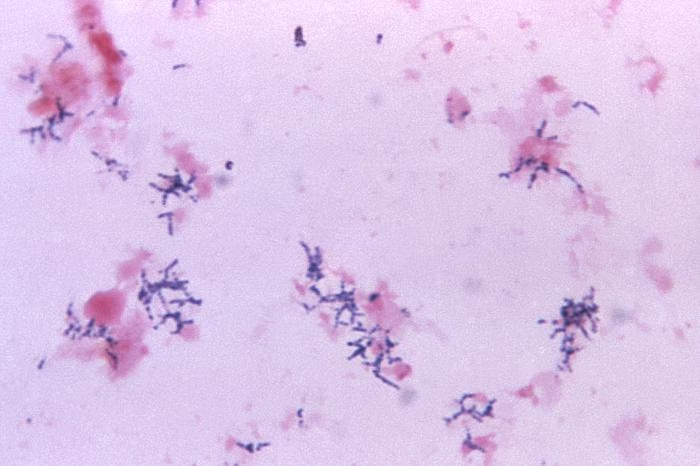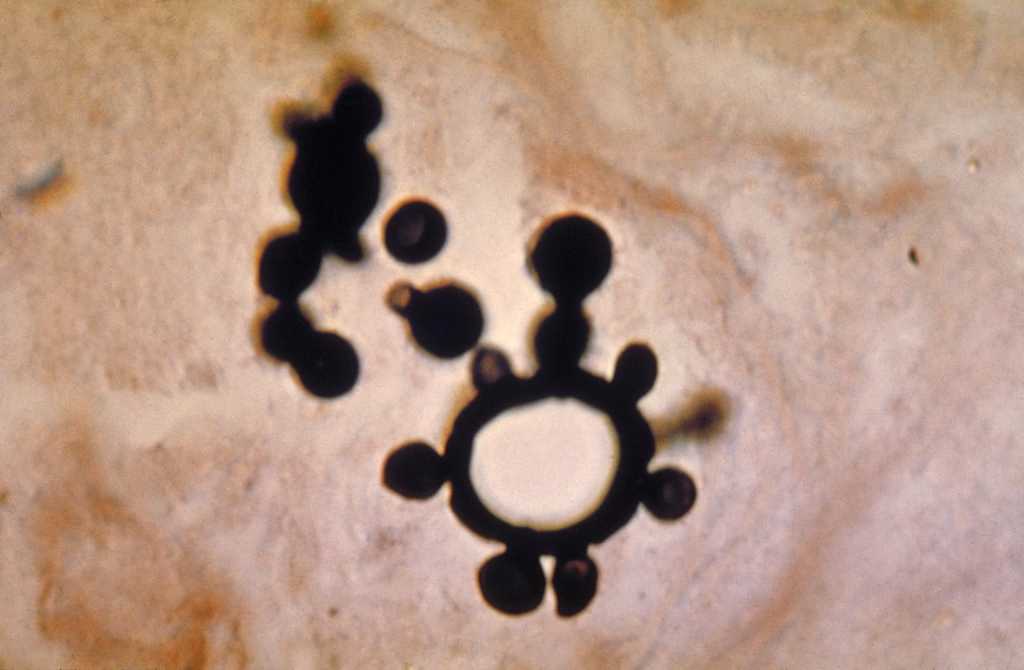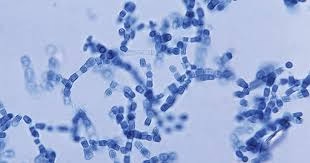
Introduction Actinomyces are a group of filamentous, gram-positive, non-acid-fast, facultative anaerobic (or microaerophilic) bacteria that are part of the normal flora of the human oral cavity, gastrointestinal tract, and female Read More …
Simplifying Allied Health Learning.

Introduction Actinomyces are a group of filamentous, gram-positive, non-acid-fast, facultative anaerobic (or microaerophilic) bacteria that are part of the normal flora of the human oral cavity, gastrointestinal tract, and female Read More …

Introduction Mycetoma fungi is a chronic, granulomatous infection of the skin, subcutaneous tissue, and sometimes deeper structures like bone. It is characterized by the formation of tumor-like masses, sinus tracts, Read More …

Introduction Dematiaceous fungi are a heterogeneous group of melanized fungi characterized by the presence of dark, pigmented hyphae and spores due to the production of melanin in their cell walls. Read More …

Introduction Paracoccidioides is a dimorphic fungus that causes paracoccidioidomycosis (PCM), a systemic fungal infection endemic to certain parts of Latin America. The disease primarily affects the lungs but can disseminate Read More …

Introduction Coccidioides is a dimorphic fungi that causes coccidioidomycosis, also known as Valley Fever. The disease primarily affects the lungs but can disseminate to other organs in severe cases. There Read More …